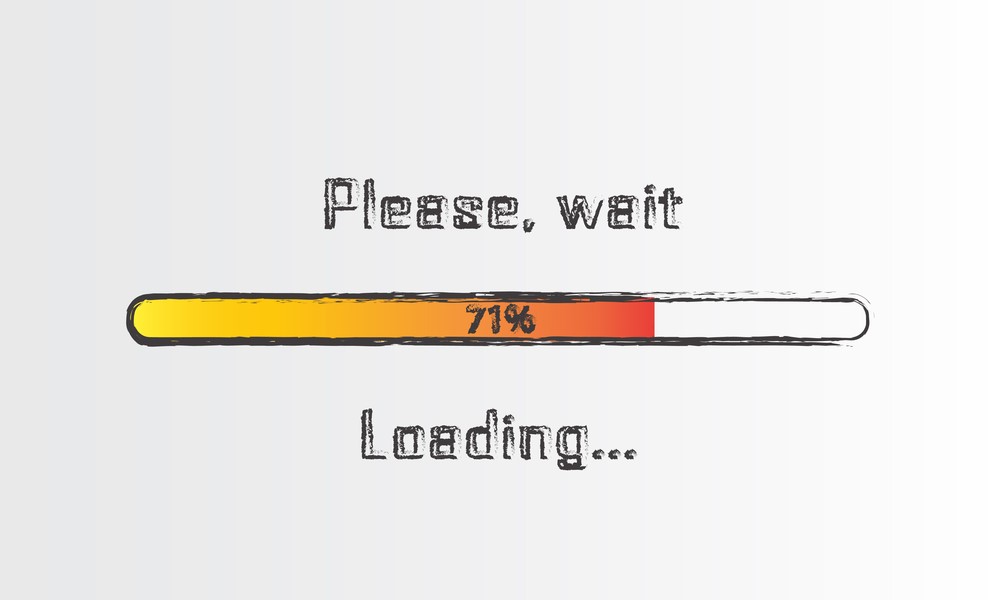
For any company with an online presence, website traffic is essential. The more visitors you attract, the more opportunities you'll have to advertise your brand, establish relationships, and ultimately sell your service or product. This is why a sudden drop in search engine traffic is a frightening
Whether it is a technical problem, a recent website change, an update of the Google algorithm, or poor optimization, there are many possible reasons why your website traffic has decreased.
Subsequently, we have put together a brief overview of what to look for when determining the cause of an unexpected fall in search traffic.
1. Recent Changes to the Website
In addition to being able to detect the apparent inconvenience of hosting, check any recent changes. Design changes often impact loading times, which look poorly on search engines. Make sure there are no unauthorized changes to your content. Also, use Google Analytics to see if all traffic sources are decreasing or just a specific source. Lastly, be sure to check the SERPs (Search Engine Results Pages). If you're not already, start regularly monitoring SERPs.
2. The Website Code
One of the most recent causes of falling traffic is a change or problem with the site code. According to hosting experts from discountdomains.co.nz, analytics add-ons or changes to the website code can often cause problems with the tracking code and cause discrepancies in the analysis reports. They advise that it's essential to always look at the tracking code - after which you can try solving problems elsewhere.
3. Trends Over Time
When analyzing traffic
4. Simple Technical Issues
Use publicly available tools to locate any technical issues: Google Mobile-Friendly Test, Google Analytics, WebSitePulse Speed Test Tool, Google Search Console, Ahrefs,
5. Information Architecture
Is the site properly structured? How effective is your internal linking strategy? Are you creating herds of orphan pages simply for the sake of blogs? Have any recent design changes significantly increased the rebound rate and the number of people stuck on the search results?
6. Server Overload

Web servers can easily be overloaded and should be one of the first things analyzed when a website fails. It is very common when a website can't meet the demand of its visitors. So, it is essential to optimize the website and prepare for high traffic peaks to avoid downtime.
7. Meta Information
Meta-information entails Google extracting keyword information from your website to classify it. First, check if someone has accidentally deleted their meta information (this happens a lot). If the meta-setting is intact, consult Google Analytics to see if the drop comes from organic, paid, or social. Subsequently, check your Google Ads campaign if it's from paid. However, if it's organic, check your SSL, sitemap.xml, robots.txt file, etc. (Ref: Qode Social, Kelly Samuel).
8. Global Traffic
While there are many reasons - from server problems to traffic sources and even something as simple as interrupted tracking - I suggest you check the geographic distribution of traffic. Today, most applications and websites draw global traffic. For content owners who attract traffic from emerging markets, government blocking or censorship can cause gradual or sudden declines, depending on how sophisticated they are in IP detection. (Ref: Baglan Rhymes, Anchorfree Inc).
9. Domain Structure, DNS or NS
Firstly, check if Google has posted updates to your algorithm. If there were no major Google updates, I'd start by looking at a technical checklist to see if any changes were made to the domain, the DNS (Domain Name Server), or NS (Name Server) structure that could be the cause. Remember, a good domain name is vital; therefore, hiring a reputable hosting provider will guarantee you a good domain name.
10. Google Search Console
This is basically like looking beneath the bonnet of a vehicle. If the car doesn't start, the bonnet opens, just as if you were looking at Google Search Console when there are negative or positive traffic performance peaks. Within Search Console, you can detect any harmful issues (for example, if your site has been compromised), HTML trends, or problems that affect site traffic.
11. Google Panda or Penguin Updates
In recent years, Google has made several computed updates to its algorithm (called Panda and Penguin) to improve search results overall quality. Panda examines the quality of content and disciplines sites with
12. Traffic Source
If your organic traffic suddenly decreases, there are likely to be some SEO problems you're dealing with. Either your website has been updated, and search engines do not index it the same way as before, or a search engine has changed how you index your website. If your paid traffic has been reduced, but expenses have remained unchanged, this means your ads aren't as efficient as before.
Pro Tip! Ensure your business emails are all working properly. Usually, you get website-related messages by e-mail.


 Copyright 2000-2025, WebSitePulse. All rights reserved.
Copyright 2000-2025, WebSitePulse. All rights reserved.